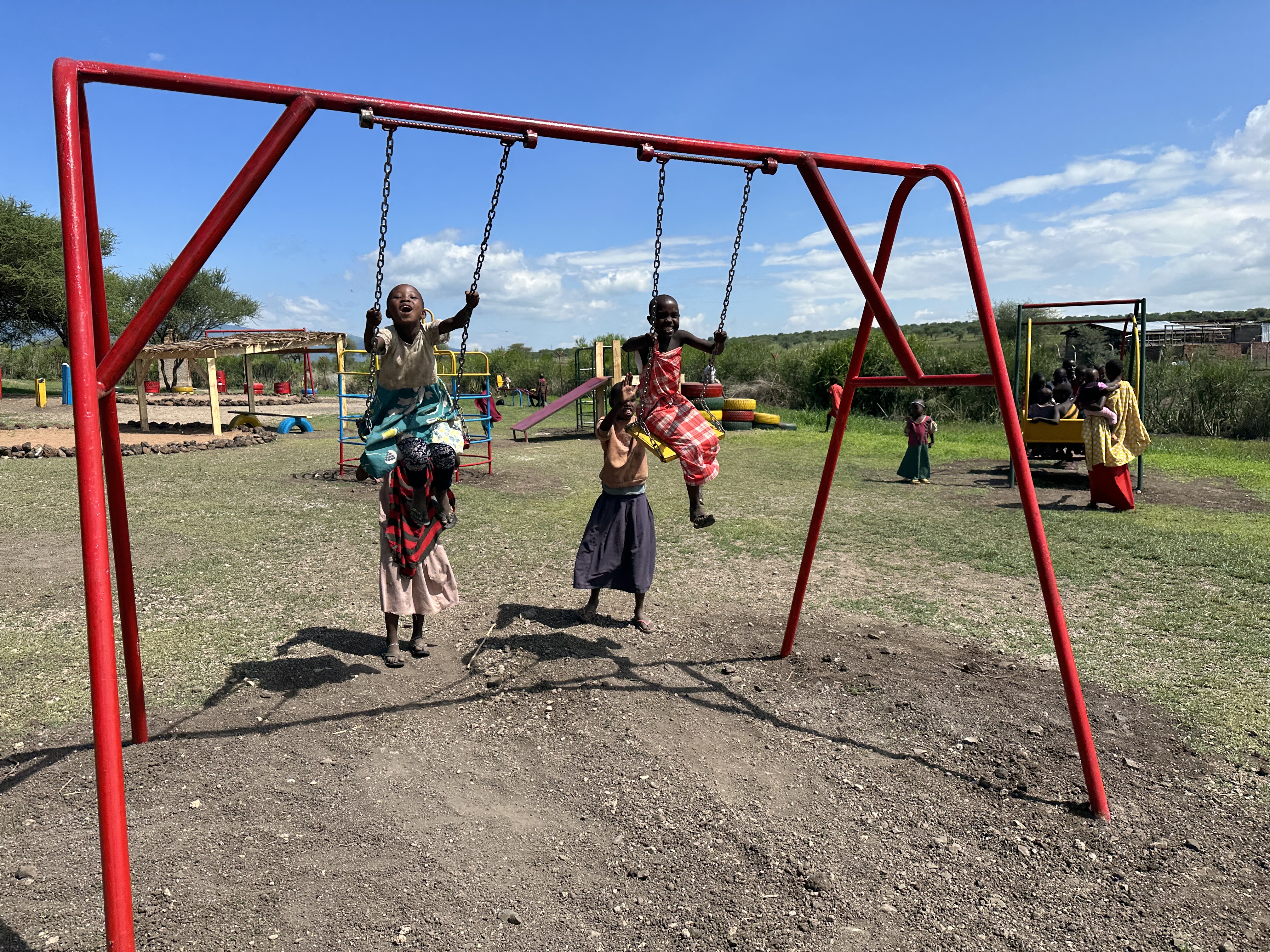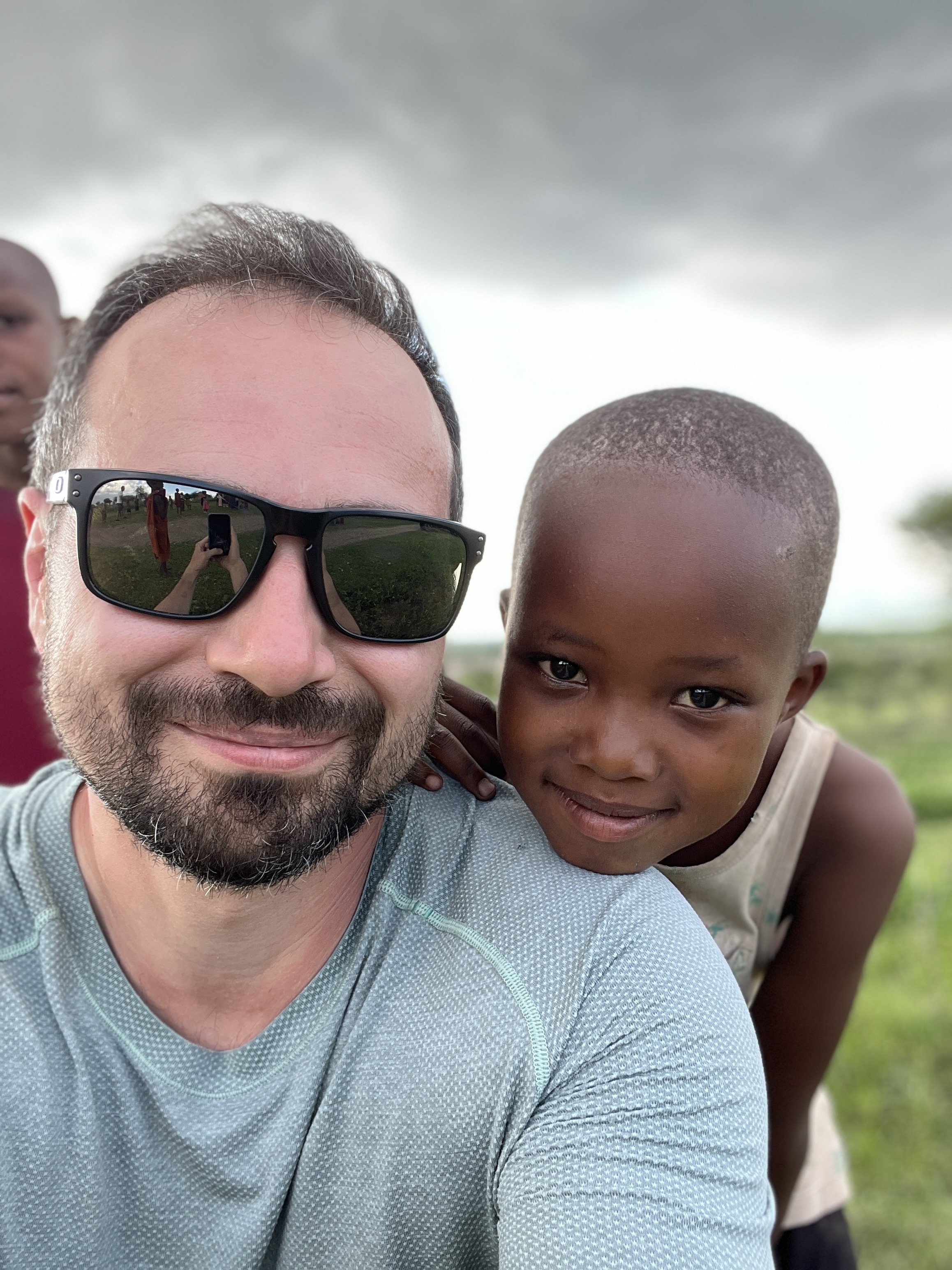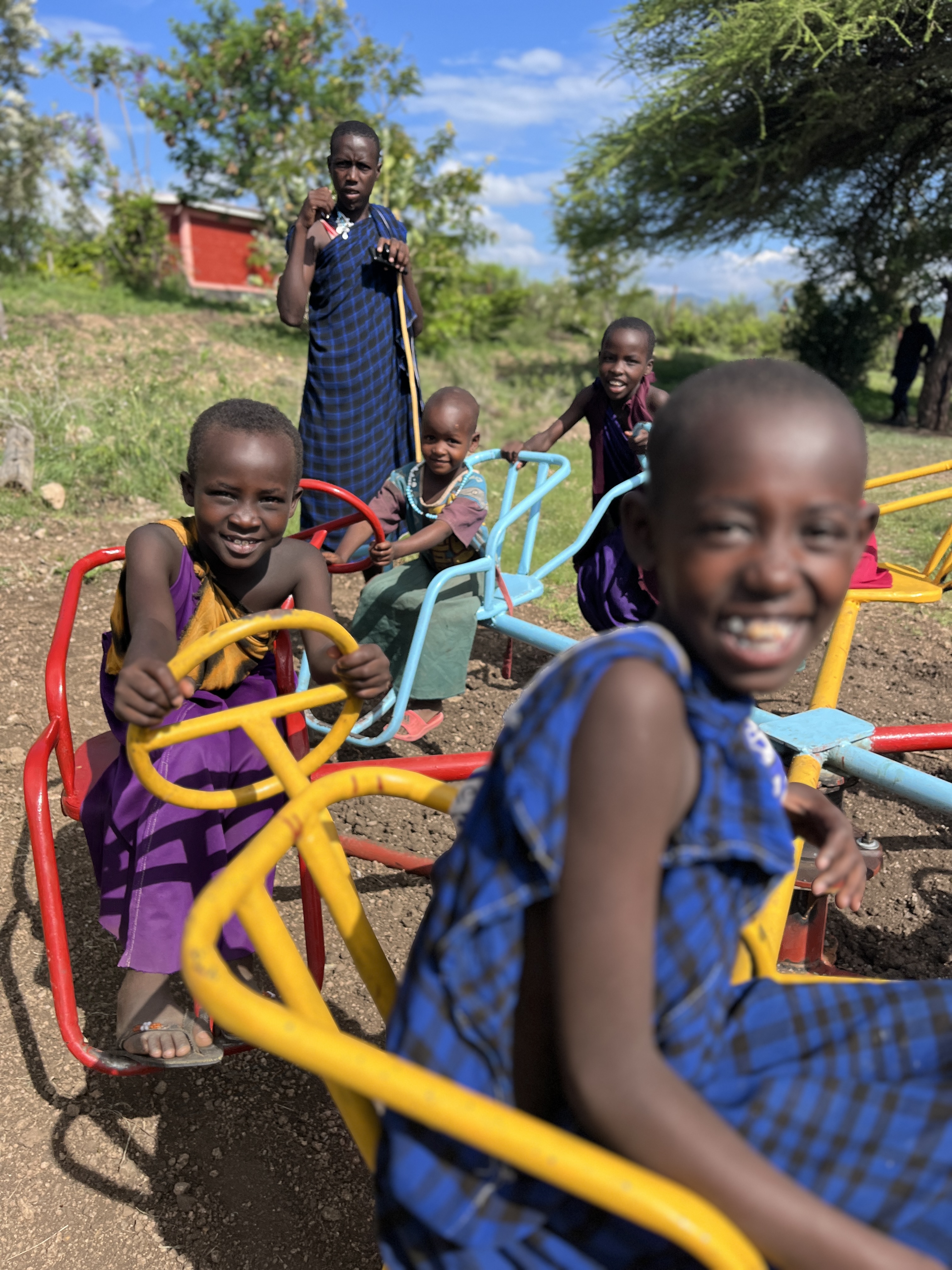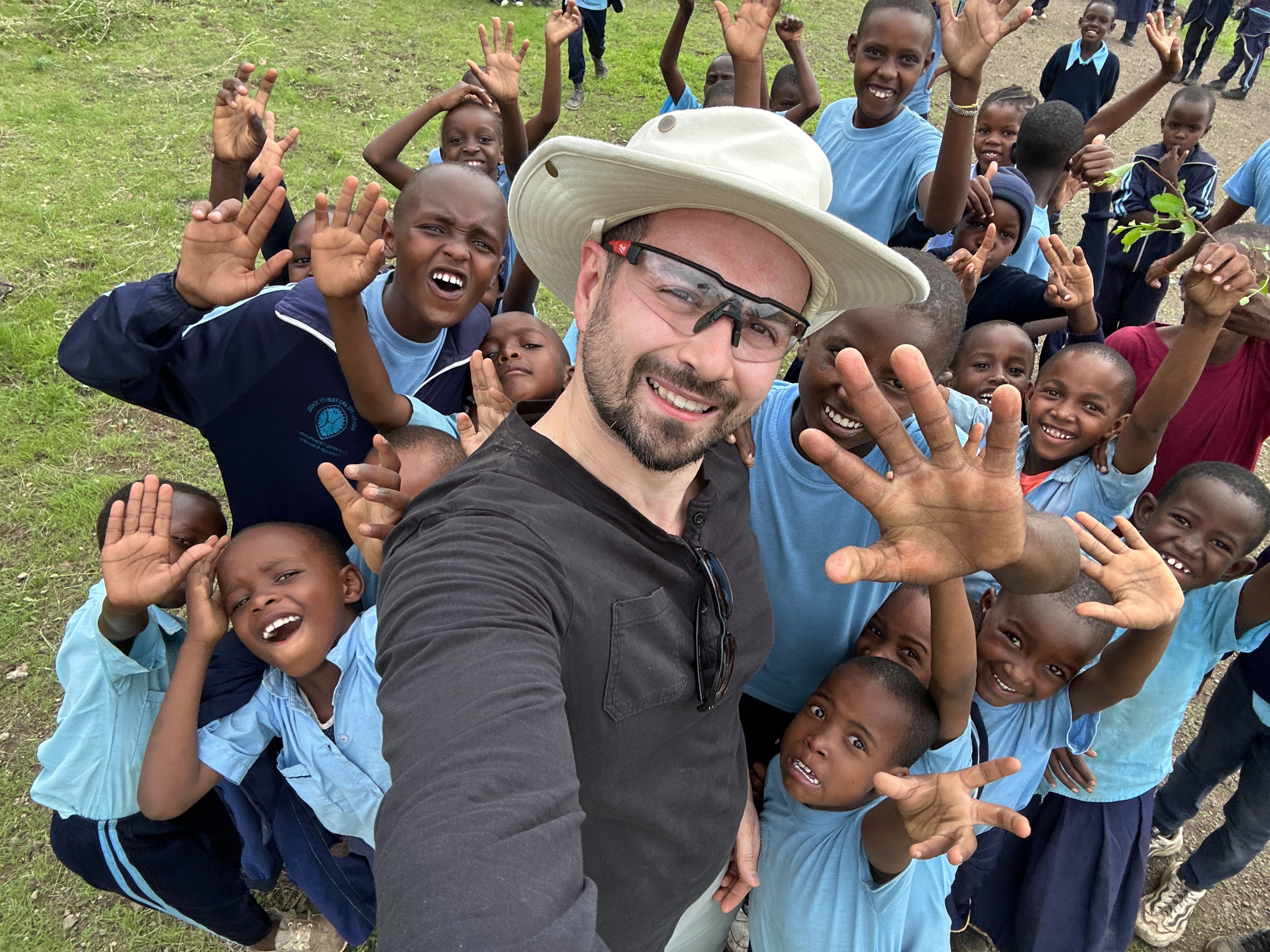
On November 17, 2023, the World Forgotten Children Foundation (WFCF) generously contributed $6,300 USD to support The Power of Play's initiative: create a sensory playground for children in the Maasai community of Tanzania.
After The Power of Play completed the project, WFCF reached out to Reza Marvasti, CEO and Founder of The Power of Play, who has graciously reflected on his experiences below.
Q: How did this sensory playground project for the Maasai community of Tanzania come about, and how did The Power of Play get involved?
A: Every year we put out a playground application, where NGOs, refugee camps, schools, and communities can apply to receive a playground. Then they go through our vetting process and nominated organizations receive a playground. Through this process we got an application from that community.
Once we learned there are 297 children with limited abilities in that community, we worked with Emily Carr University of Art + Design and Guangdong University of Technology and in China to design a sensory accessible playground.
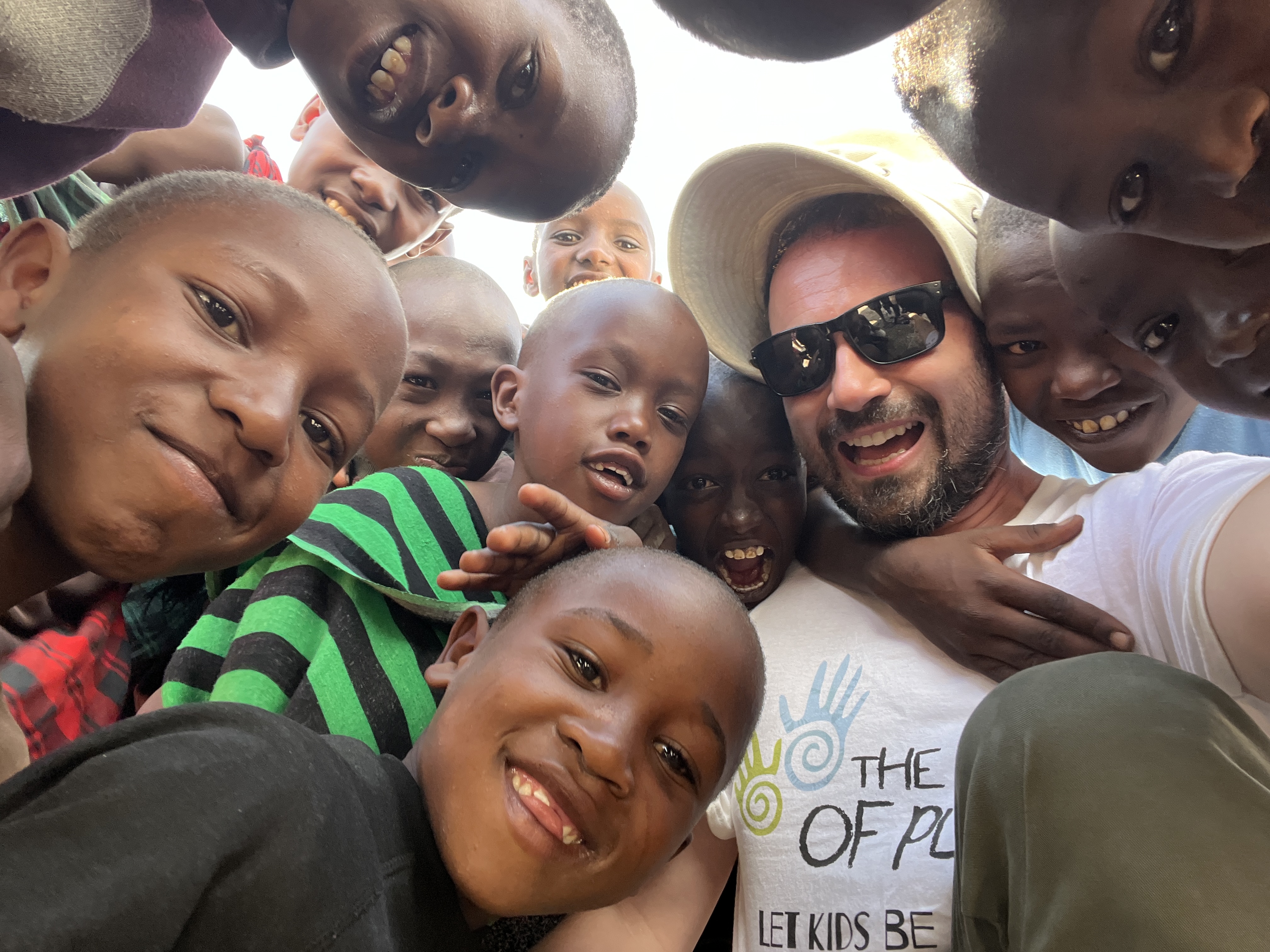
Q: What organizations assisted with the project?
A: This project was sister to a playground we were building at the same time in Squamish. The local community supported some of the fundraising. Emily Carr University of Art + Design, Guangdong University of Technology, and WFCF.
Q: Did you encounter any challenges while completing the project?
A: One of the challenges was the distance to the suppliers for raw material. The closest town with shops was about a 2 hours’ drive and we did not rent a vehicle because of the high rental prices.
Another challenge was safety and health, there were quite a few deadly scorpions in the hut that I was living in.
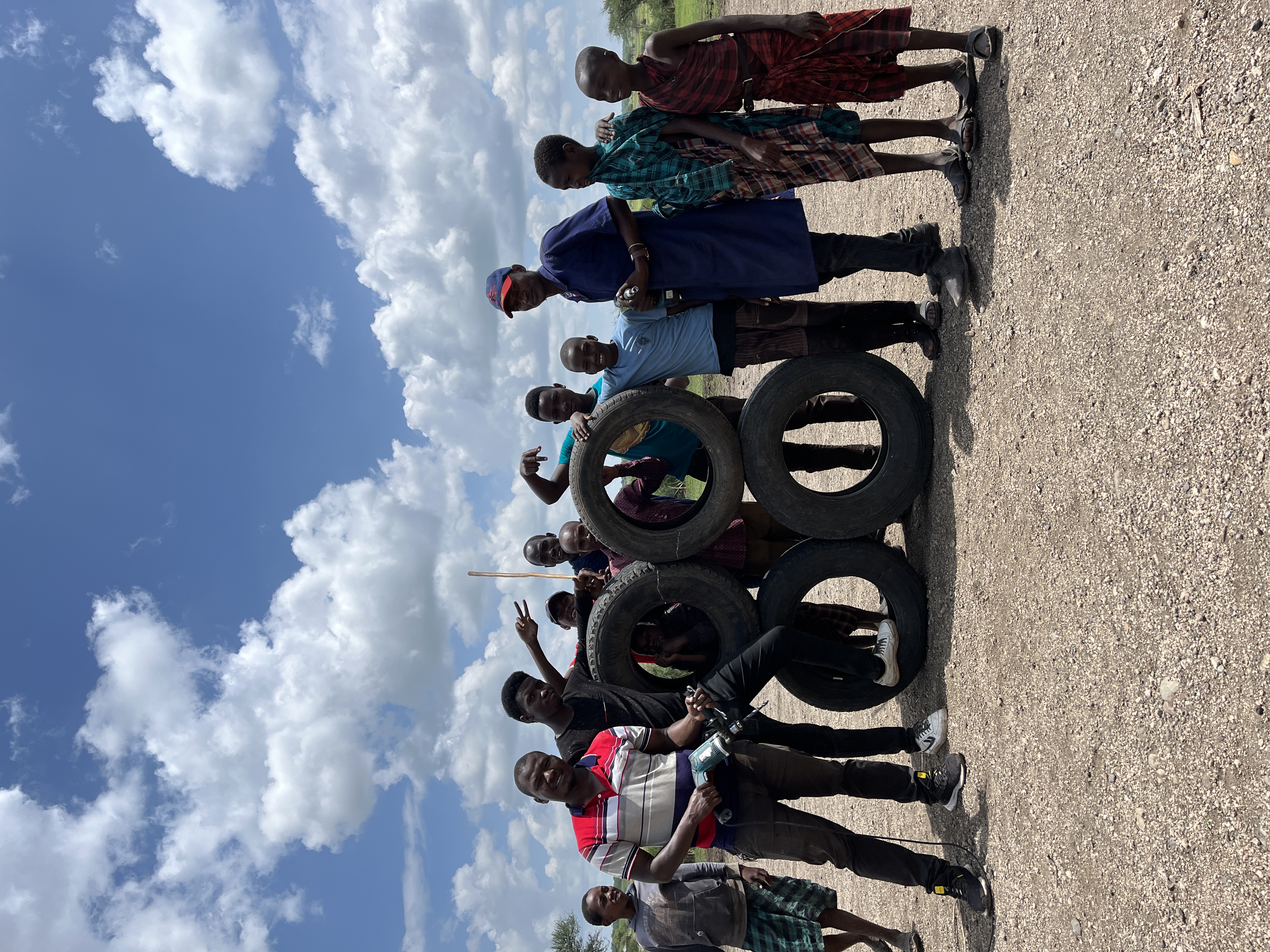
Q: What are some of your favorite highlights from the project?
A: Obviously, the children. There were no playgrounds anywhere near that area and for most children that was their first opportunity ever to play in a playground.
We involved the whole community in the process, especially the design. Local children drew the initial ideas, and elders voted on the best design. That made the community to be very involved and take pride in this project. On the grand opening day, most of the community, kids, teens, and elders came to the playground, they all danced and played.
Q: How does this sensory playground differ from regular playgrounds, and how does it support children with disabilities?
A: Sensory playgrounds stimulate all the senses, and kids will have the opportunity to play with every sense such as touch, hearing, sight, smell, etc.
When we designed this sensory playground, we knew some of the children in the community are dealing with loss of sight or hearing. Therefore, we had the design students, blindfold themselves or cover their ears and play, so they can explore with what other senses they can be playful. Through this process the students develop a compassion and appreciation for the beneficiaries, and this turned to a compassionate design.
To make the playground accessible, we have more low to ground elements. Also elements that children with all abilities can operate and use. As for sensory, we have elements such that transmit sounds without kids seeing each other's faces. Kids with visual impairment can still use this to play and other kids will have an understanding of what is like if you can’t see and only hear voices. We have elements that are textile, or special color patterns. Also music instruments. Place for kids to dance in sand, also to play with their hands on clay type sand.
Q: In your opinion, why was this project important?
A: Children there do not have the opportunity to be kids and to play.
Girls from as young as 4 years old take care of their younger siblings, every morning they collect timber for cooking, and evenings fetch water, between those times they are taking care of younger kids. By the time they reach puberty, older men buy them from their families in exchange for goats and cattle. Once they can give birth, they have kids as often as they can.
Boys also from as young as 4 years old become shepherds. They leave at dawn with the cattle and goats until dusk. Besides that, they help with fixing and building things around the house. Once they are old enough to have their own cattle, they marry.
Once a community gets involved and there is a Playing Ground in the community, then the importance of play is realized. Only then they allow kids to be kids and let them spend time playing.
During play, children's cognitive learning develops, and they have time to imagine and envision a future for themselves. Play supports children's mental, emotional, and physical development.
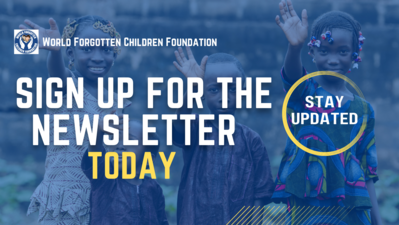
Q: Is there anything else you would like to add?
A: We are grateful to WFCF for collaborating with us for the second time. Building accessible playgrounds for children with all abilities is quite important, especially in the areas that we work. Not only do playgrounds give them the chance to be kids and process emotions, but it also reduces the stigma against what others think of them.
We would like to express our sincerest gratitude to Reza for his dedication to giving children around the world the opportunity to play. We look forward to working with him and The Power of Play in the future.
Support the World Forgotten Children Foundation

The mission of World Forgotten Children Foundation (WFCF) is to support projects that help orphaned children with disabilities in developing countries. Donate today to support underprivileged communities and orphaned children with disabilities in developing countries.
